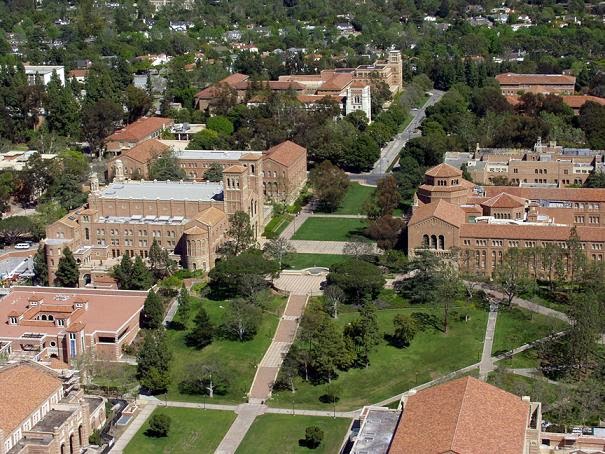For
the past three weeks, Professor Vesna’s lectures have continued to surprise me
by connecting art with opposing fields such as mathematics, technology, and
robotics. Then I asked myself, why do I continually jump to the conclusion that
art is so different from these subjects? I have recently learned that these
fields have a lot more in common with art than I ever imagined, especially when
it comes to medicine. Medicine and art are both closely connected to the human
body. I believe that art is an
expression of individuality while medicine allows us to break down and analyze
the human body. Over the past two millennia, art has played a significant role
in shaping the way that the world perceives medicine.
 |
| This image closely relates art with the anatomy of the human body, which is open for interpretation |
It
is amazing to think about the influence that the evolution of medicine has had on art over the last few decades. For instance, the first MRI machine took
five hours to produce one image and influenced artists who were working with film during the 20th century. Today, the use of MRI scans have become one of
the most common ways for physicians to diagnose brain tumors, torn ligaments,
cancer, strokes, and much more. This noninvasive way to look into the anatomy
of the human body can be viewed as a result of art. In 1514, Andresa Vesalius, also known as the "Father of Human Anatomy," was the first one to provide an accurate representation of the internal structures of the human body. His research helped further modern medicine because the treatment of disease was able to be found in his studies of human anatomy. During the Renaissance, artists created images of science and medicine that are still
evolving with modern day technology.
 |
| This image shows the original MRI machine, which was named "Indomitable" |
Another
example regarding the evolution of medicine and art is plastic surgery, which
originated in India four thousand years ago. I have always thought of plastic
surgery as a recent technological advance in the medical field. However, I
learned that in addition to dealing with medical issues it is also a method of
expression and art in our culture. Hailing from the East, plastic surgery was
used in reconstructive surgery for skin grafts and eventually evolved into a
way for people to sculpt themselves. However, I believe that technology can
have a negative influence on art, especially when it comes to aesthetically
enhancing cosmetic beauty. According to lecture, Orlan is a French artist who
is most commonly known for transforming herself into a living work of art
through plastic surgery. I feel like this says a lot about our society and goes
to show just how our culture has evolved.
 |
| This image shows plastic surgery being preformed on Olan's face to enhance cosmetic beauty |
"The Link
between Medicine, Science and Art." EurekAlert! American
Association for Clinical Chemistry, 29 July 2002. Web. 25 Apr. 2015.
Frank,
Priscilla. "ORLAN Talks Plastic Surgery, Beauty Standards And Giving Her
Fat To Madonna (PHOTOS, INTERVIEW, NSFW)." The Huffington Post.
TheHuffingtonPost.com. Web. 26 Apr. 2015.
Andreasen, Nancy. "Creativity in Art and Science: Are There Two Cultures?" Dialogues in Clinical Neuroscience. Les Laboratoires Servier, 14 Mar. 2012. Web. 26 Apr. 2015. <http://www.ncbi.nlm.nih.gov/pmc/articles/PMC3341649/>.
Andreasen, Nancy. "Creativity in Art and Science: Are There Two Cultures?" Dialogues in Clinical Neuroscience. Les Laboratoires Servier, 14 Mar. 2012. Web. 26 Apr. 2015. <http://www.ncbi.nlm.nih.gov/pmc/articles/PMC3341649/>.
Vesna,
Victoria. "Medicine Pt1." YouTube. YouTube, 21 Apr. 2012. Web.
26 Apr. 2015. <https://www.youtube.com/watch?v=Ep0M2bOM9Tk>.
Vesna,
Victoria. "Medicine Pt2." YouTube. YouTube, 21 Apr. 2012. Web.
26 Apr. 2015. <https://www.youtube.com/watch?v=psjnQarHOqQ>.
Vesna,
Victoria. "Medicine Pt3." YouTube. YouTube, 21 Apr. 2012. Web.
26 Apr. 2015. <https://www.youtube.com/watch?v=FIX-9mXd3Y4>.





